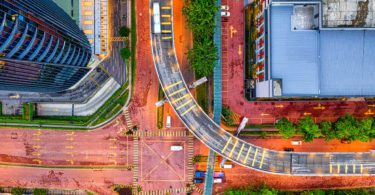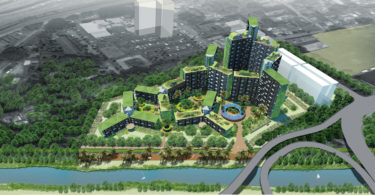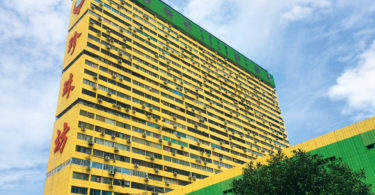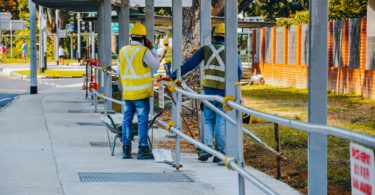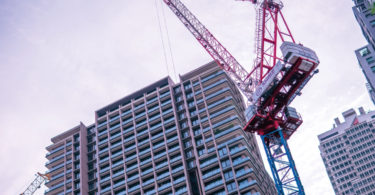By Alan Goh
Utility systems cover a vast number of areas within a building or estate, which include, but are not limited to, air-conditioning and mechanical ventilation (ACMV); water supply; fire protection; vertical transportation; and electrical installations. As a sector, utility covers the design and installation of conduits and related facilities for electric, communication and gas distribution networks. In either context, there seems to be a growing trend in the incorporation of sustainability elements in the installation, especially in the wake of the COVID-19 pandemic. Therefore, this commentary focuses the discussion on the roles of utility systems in strengthening Singapore’s Sustainable Development Goal (SDG) commitments.
UTILITY SYSTEMS & DESIGN
In the design of any building or facility, the most critical consideration is that they are accessible, safe, and in working order, while also ensuring the needs of its users. The fact that utility encompasses a wide range of systems that impacts the suitability of building interiors for human use and occupancy means it should not be designed in isolation. In fact, it should be factored into the design and planning from the outset, with maintainability being a key consideration. This should then be coupled with safe and proper access to the building systems, as well as sufficient workspaces for inspection, repair, and replacement of parts or equipment.
Alan Goh

Alan Goh is currently the Deputy Chief Executive Officer of CPG Facilities Management Pte Ltd (CPG FM), a strategic facilities management services company that is a wholly owned subsidiary company of CPG Corporation. Presently, Alan oversees multiple FM business units and leads the company’s digital transformation programmes as the Head of Office for Digital Solutions. Managing a team of more than 150 professionals and executives providing facilities management services from Integrated Facilities Management to FM Consultancy, Alan together with the CPG FM team, continue to work with building stakeholders, including government and private organisations to shape a more sustainable built environment for the future. Alan is also a member of the Singapore Institute of Building.

 Hong Kong
Hong Kong Singapore
Singapore Indonesia
Indonesia Tiếng Việt
Tiếng Việt ประเทศไทย
ประเทศไทย





